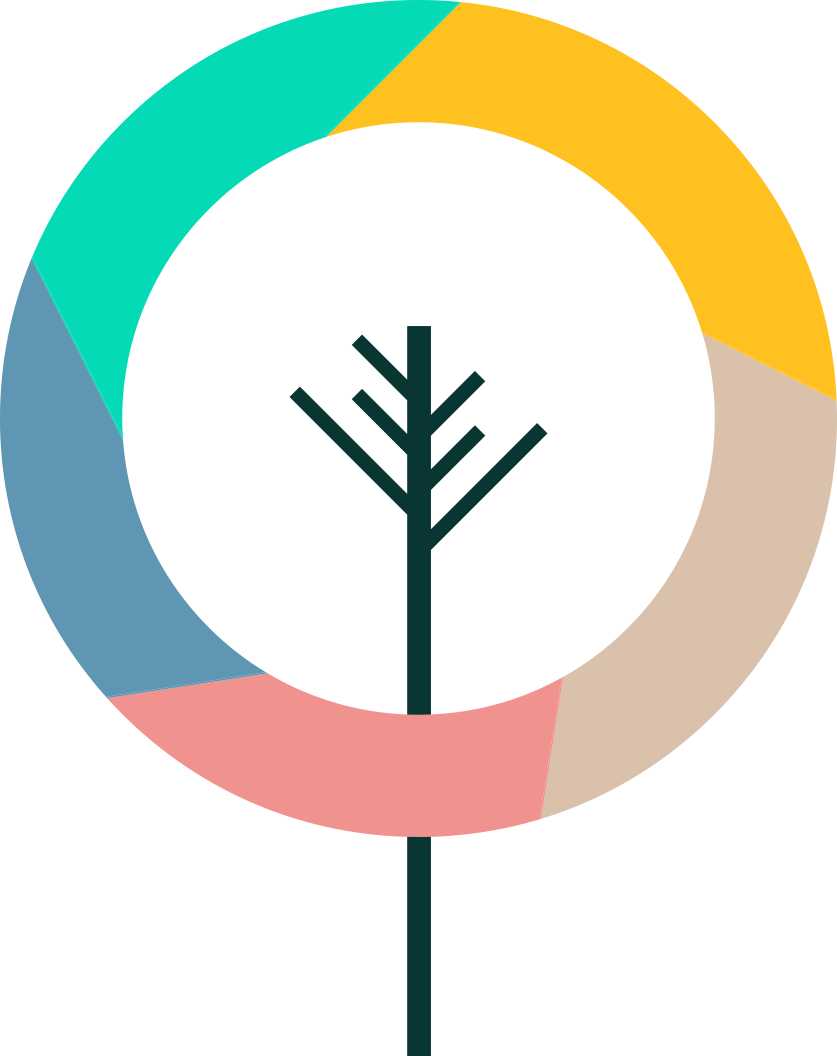The Humble Mushroom - Shiitake
In the Far East fungi as medicine has a long history
Fungi are those plants which are colourless; they have no green chlorophyll within them and it is this green substance which enables the higher plants to build up, under the influence of sunlight, the starches and sugars which ultimately form our food. Having no chlorophyll, Fungi cannot use the energy of the sun and must therefore adopt another method of life. Fungi, such as bacteria are microscopic; others form visible growths; from moulds and mildews to the familiar mushrooms and toadstools. Although western culture at times has largely disregarded the healing power of the mushroom, in the Far East using mushrooms and other fungi as medicine has a long history.
Oriental folklore - mushrooms and longevity
So far few medicinal benefits are linked to the common button mushroom but oriental mushrooms contain compounds that stimulate the immune system and retard the development of some deformed cells. In oriental folklore mushrooms are esteemed as a longevity tonic. In fact, the symbol for the Chinese god of longevity, Shoulau, is a walking stick capped by a mushroom ornament. The Chinese black mushroom is used to treat headaches and prevent heart attacks. In Japan, it has been used as a folk remedy for immune diseases.
The powerful antibiotic activity of penicillin, a common mould, was discovered in 1929 that the medicinal value of fungi gained great international significance. Since then many mushrooms have been found to contain chemicals called polysaccharides that inhibit virus replication and stimulate the immune system. These natural compounds have no toxic side effects, but work like gentle tonics. Although scientists have isolated and identified many of the bioactive compounds found in mushrooms, the question of why the mushrooms have these substances remains theoretical. It is also speculated that mushroom cell walls stimulate the human body's immune response.
The four mushrooms with proven value are the Shiitake, Oyster, Enoki and Tree Ear (also called Wood Ear or Mo-Er). Shiitake plays an important role in medicinal cooking and maintaining good health. Besides being delicious and versatile, Shiitake has a long history of use in folk medicine. The use of Shiitake, which derives its name from the Shii tree, an oak of central and southern Japan upon which Shiitake most often grow, dates back to ancient China before the spread of rice cultivation, at a time when most daily food was picked wild in the forest. Perhaps, instinctively at first, early food foragers noticed the relationship between eating Shiitake and relief from specific ailments. This knowledge was passed onto future generations and the folklore surrounding Shiitake evolved.
Shiitake’s healing qualities
As culture developed and healing became more specialised, herbalists began concentrating Shiitake's medicinal components by boiling or slow-cooking to make potent teas and pastes. It was found that the high temperature of ordinary cooking did not destroy Shiitake's healing qualities, but quite to the contrary, cooking enhanced them, making a concentrated medicine for various treatments. Japanese scientists have extensively analysed the medicinal qualities of mushrooms, especially the Shiitake, which now, due to demand, is widely cultivated. What makes these mushrooms unusually exciting to scientists is that they possess stimulating or potentiating properties that strengthen the immune system against not only a variety of infections, but may assist in auto immune diseases such as rheumatoid arthritis, poly-arthritis and multiple sclerosis.
The healing properties of mushrooms are an ongoing investigation and we are all thankful that scientific and alternative approaches to disease and ill health are embracing this magical food. Many articles are now written on the health benefits of mushrooms and cancer treatment.
